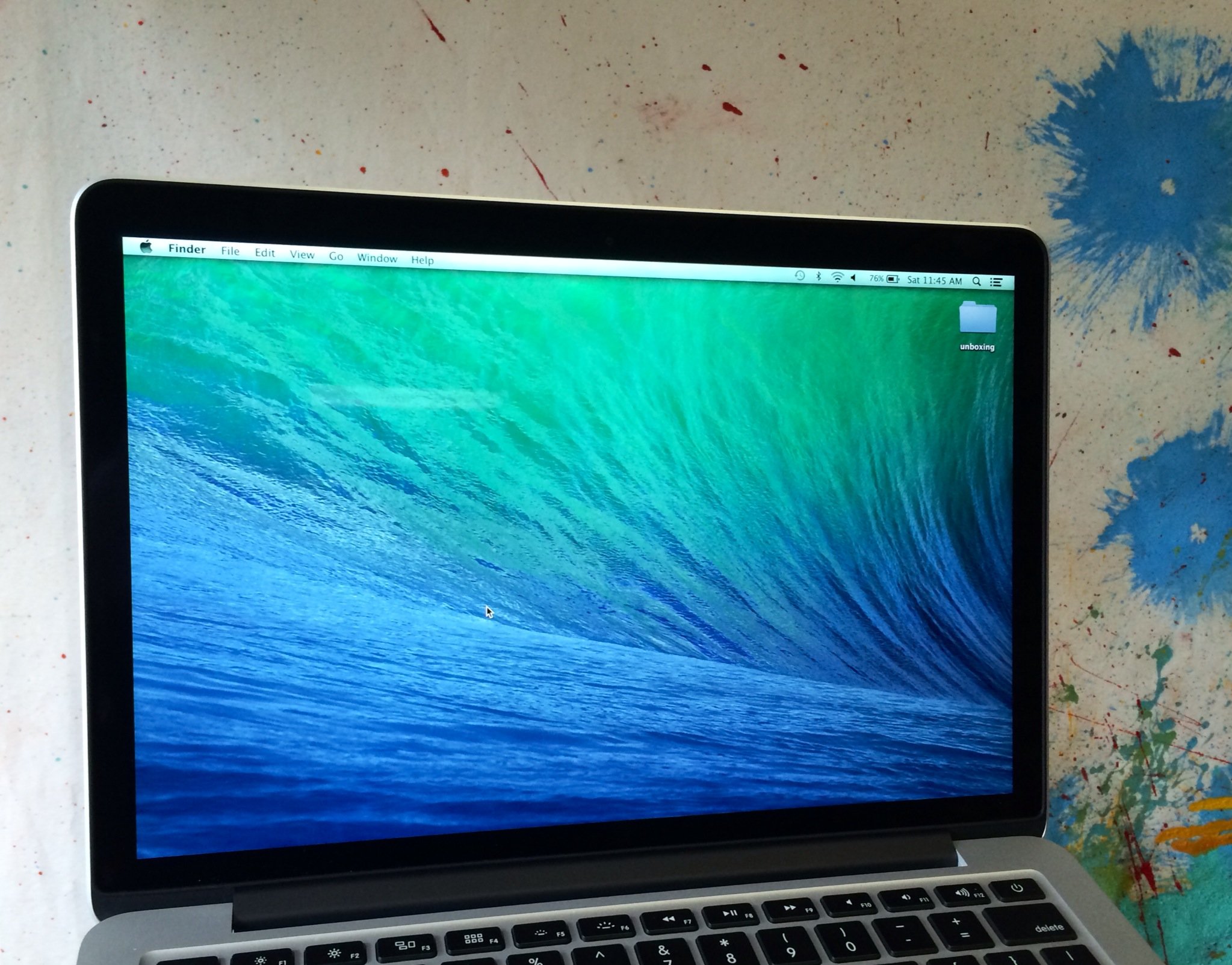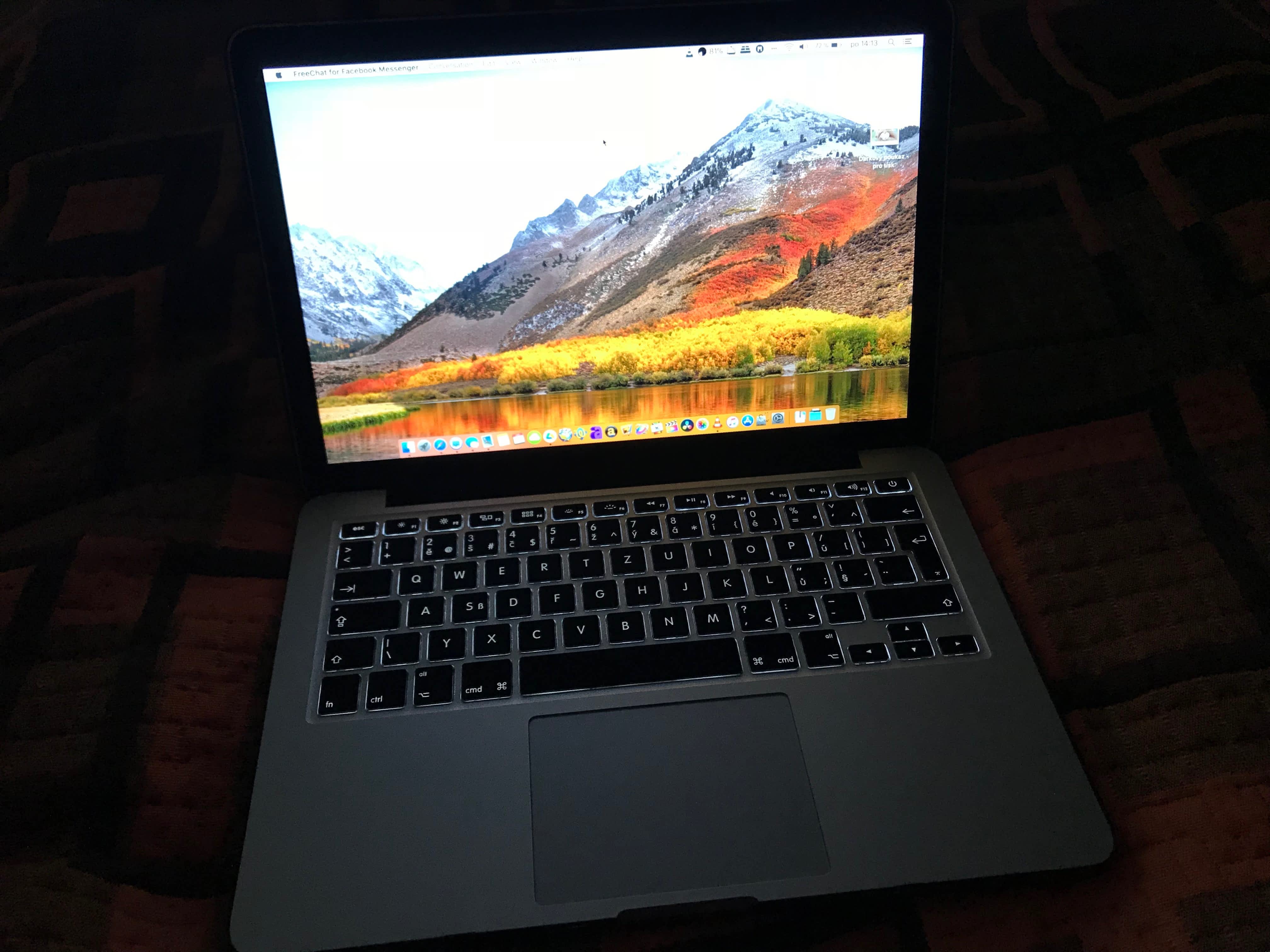

From here, try to download macOS Big Sur again. On newer ones, it will open in System Preferences. On older Macs (before macOS Mojave), the download will begin. In case downloading via System Preferences does not work correctly, open the App Store and search for macOS Big Sur. Use the Mac App Store for Downloading macOS Big Sur #

It would be better for the safe side if you free up a few GBs more than what is asked. Ensure Enough Free Space on Your Mac Before Updating #įor macOS Big Sur installation, you need somewhere between 25-35 GB of free space! Yes, 35 gigs! So, before you initiate the process, make sure to free up ample space on your Mac. In case it isn’t, click on the lock icon from the bottom left, enter your Mac’s password, click on Unlock, and check the said checkbox. Make sure the checkbox for ‘Set date and time automatically‘ is checked. Open System Preferences by clicking on the Apple logo (). Make Sure Mac’s Date and Time are Correct # In rare cases, if they face some problem, this means you will have to wait it out for things to be fixed. For this, head over to their System Status page and check if macOS Software Update, Apple ID, App Store, and similar settings have a green dot next to them. The primary thing to ensure is that everything is running smoothly from Apple’s end. How to Fix macOS Big Sur Installation Issues # 1. This suggestion applies to any device you update, be it mobile or computer. Important: Make sure to back up your Mac or at least the most critical files before updating. It is not like you are missing bread and butter due to the lack of Big Sur. But, if you have made up your mind or have other Macs or the risks are less, then here are some how-tos and tips to follow for perfect macOS Big Sur installation.

Word of Advice: Before you begin, I would suggest that if you have only one Mac that you use for primary work (and especially if it is a MacBook Pro from 2013/14), please wait for some time (maybe 3-4 weeks). Plus, this issue has been forwarded to Apple’s engineering team for swift addressal. MacRumors, who initially broke this news, even state that Apple has asked a few users to bring the Mac directly for repair. They fixed it, but still, some people continued to face installation issues. Initially, there was a problem with Apple’s servers. However, the late-2013 and mid-2014 models of MacBook Pro seem to be the most vulnerable. The macOS Big Sur update process has been causing distress to several Mac models.


 0 kommentar(er)
0 kommentar(er)
